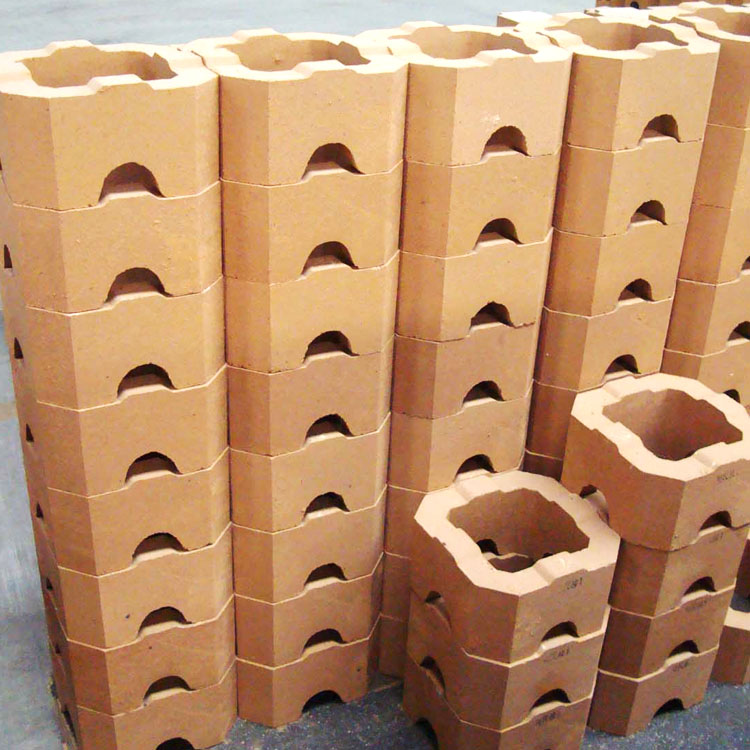
In high-temperature industrial settings such as metallurgy and glass manufacturing, the choice of refractory materials is crucial. Magnesia chrome bricks have long been recognized for their importance in these environments. Traditionally, magnesia chrome bricks are produced through processes like sintering. However, there are also unburned magnesia chrome bricks, each with its own characteristics and limitations.

Directly bonded magnesia chrome bricks offer significant improvements over unburned magnesia chrome bricks. One of the key advantages is their high-temperature strength. Tests have shown that directly bonded magnesia chrome bricks can maintain up to 90% of their original strength at temperatures up to 1600°C, while unburned magnesia chrome bricks may only retain about 60% of their strength under the same conditions. This high-temperature strength allows directly bonded magnesia chrome bricks to withstand the harsh conditions in industrial furnaces for longer periods.
Another advantage is their excellent corrosion resistance. In environments with high concentrations of slag and other corrosive substances, directly bonded magnesia chrome bricks can resist corrosion up to 30% better than unburned magnesia chrome bricks. This means less frequent replacement of refractory materials, which directly translates into cost savings for enterprises.
Directly bonded magnesia chrome bricks are widely used in various industries. In the metallurgical industry, they are used in steelmaking converters and electric arc furnaces. The high-temperature strength and corrosion resistance of these bricks ensure stable operation of the furnaces, improving the quality of steel production. In the glass industry, directly bonded magnesia chrome bricks are used in glass melting furnaces. Their ability to withstand high temperatures and resist corrosion helps to maintain the purity of the glass melt, resulting in higher-quality glass products.
.jpg)
A metallurgical enterprise in Europe replaced its unburned magnesia chrome bricks with directly bonded magnesia chrome bricks in its steelmaking converter. After the replacement, the maintenance cycle of the converter increased from 3 months to 6 months, and the quality of the steel produced improved by about 15%. The enterprise also reported a reduction in maintenance costs by approximately 25%.
In the glass industry, a large glass manufacturer in Asia switched to directly bonded magnesia chrome bricks in its glass melting furnace. As a result, the furnace's service life was extended by 20%, and the production efficiency increased by 12%. The manufacturer also noticed a significant improvement in the quality of its glass products, leading to an increase in market competitiveness.
In conclusion, directly bonded magnesia chrome bricks are an ideal choice for enterprises looking to enhance their competitiveness in high-temperature industrial environments. Their high-temperature strength, excellent corrosion resistance, and long service life can significantly reduce maintenance costs and improve production quality. If you are interested in learning more about directly bonded magnesia chrome bricks or would like to discuss how they can benefit your business, please contact us today!
Ready to upgrade your refractory materials? Contact us now to explore the potential of directly bonded magnesia chrome bricks for your business!

